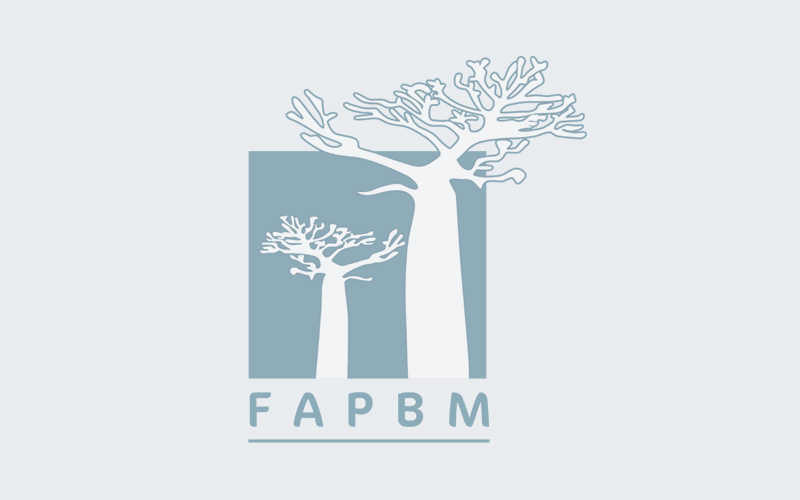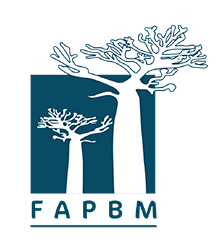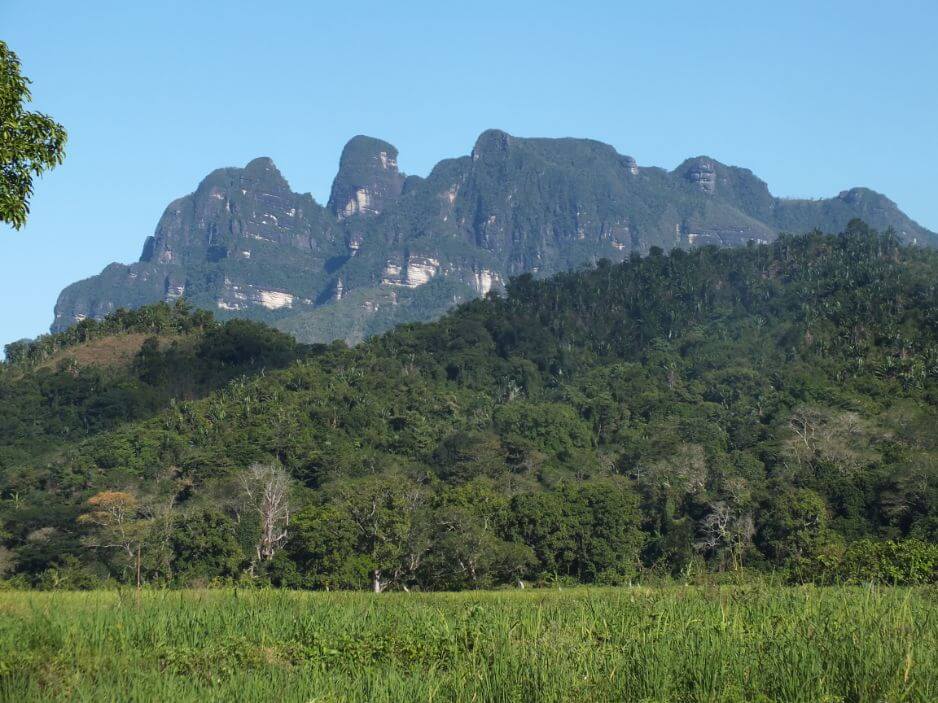Flagship Species
The Galoko-Kalobinono PA belongs to the phytogeographic domain of Sambirano. In terms of flora, endemic species to the forests of the Northwest are found there, and the site is home to 14 local endemic species. Faunal species are characterized by the following groups in this area: herpetofauna, primates, and avifauna.














